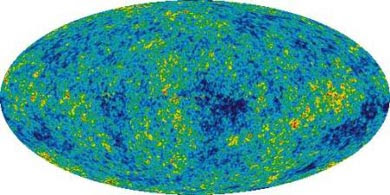Making Disposable Dynamic Displays With Electronic Ink on Real Paper | Gadget Lab | Wired.com
Engineers at the University of Cincinnati have shown that under the right conditions, ordinary paper can be as dynamic as any screen.
“Nothing looks better than paper for reading,” says research leader Andrew Steckl. “We hope to have something that would actually look like paper but behave like a computer monitor in terms of its ability to store information. We would have something that is very cheap, very fast, full-color and at the end of the day or the end of the week, you could pitch it into the trash.”
Collected from: Making Disposable Dynamic Displays With Electronic Ink on Real Paper | Gadget Lab | Wired.com
UC Breakthrough May Lead to Disposable e-Readers
Andrew Steckl is an Ohio Eminent Scholar at UC's College of Engineering and Applied Science. His latest research involves advances in display technology that achieves electrowetting on paper as opposed to glass.
... Importantly, they found that the performance of the electrowetting device on paper is equivalent to that of glass, which is the gold standard in the field.
“It is pretty exciting," said Steckl. “With the right paper, the right process and the right device fabrication technique, you can get results that are as good as you would get on glass, and our results are good enough for a video-style e-reader.”
Steckl imagines a future device that is rollable, feels like paper yet delivers books, news and even high-resolution color video in bright-light conditions.
Andrew Steckl's research is featured on the cover of the November issue of ACS Applied Materials & Interfaces. The American Chemical Society (ACS) is the world's largest scientific society.
Collected from: UC Breakthrough May Lead to Disposable e-Readers<br>
Electrowetting on Paper for Electronic Paper Display
Duk Young Kim and Andrew J. Steckl*
ACS Appl. Mater. Interfaces, 2010, 2 (11), pp 3318–3323
DOI: 10.1021/am100757g
Publication Date (Web): October 25, 2010
The use of paper as a material for various device applications (such as microfluidics and energy storage) is very attractive given its flexibility, versatility, and low cost. Here we demonstrate that electrowetting (EW) devices can be readily fabricated on paper substrates. Several categories of paper have been investigated for this purpose, with the surface coating, roughness, thickness, and water uptake, among the most important properties. [...]
Collected from: Electrowetting on Paper for Electronic Paper Display - ACS Applied Materials & Interfaces (ACS Publications)
- Sources
- Making Disposable Dynamic Displays With Electronic Ink on Real Paper | Gadget Lab | Wired.com
- UC Breakthrough May Lead to Disposable e-Readers
- Electrowetting on Paper for Electronic Paper Display - ACS Applied Materials & Interfaces (ACS Publications)
- Related
- Are Disposable eReaders In Our Future? : TreeHugger
- FoxNews.com - Tech Breakthrough Could Mean Disposable E-Readers
- Breakthrough may lead to disposable e-Readers fast enough for video
- UC breakthrough may lead to disposable e-Readers
- Breakthrough could lead to disposable e-readers
- New electrowetting technique could do e-paper on real paper, lead to disposable Kindles -- Engadget
- Nanoelectronics Laboratory
- Access : Video-speed electronic paper based on electrowetting : Nature


































